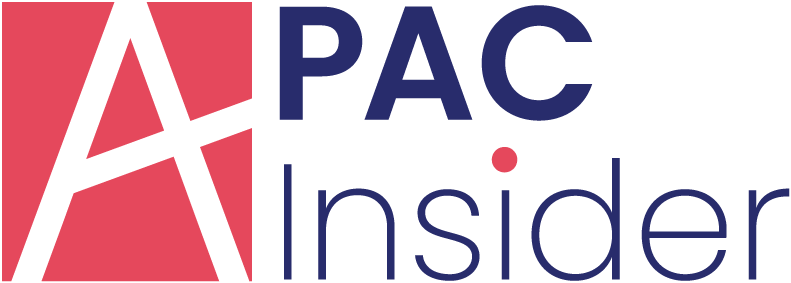While generally supporting several aspects of the SEC’s proposal, including asset segregation requirements and an activities-based approach to regulation, the Associations have concerns with the adverse effects of the rule’s imposition of a new notional-based leverage limit on registered funds.
The letter also questions the SEC’s attempt to redefine and regulate derivatives as “senior securities” under Section 18 of the Investment Company Act of 1940.
MFA President and CEO Richard H. Baker said: “Both institutional and retail investors have shown increasing demand for registered funds that offer alternative strategies using derivatives. Many of these strategies provided substantial benefits to investors during the global financial crisis and continue to do so today. While we support many aspects of the SEC’s proposal, the Commission’s policy objective to protect investors would be well-served by establishing a better balance between authorizing funds to use derivatives for hedging, risk-mitigation and investment purposes, and imposing reasonable, practical restrictions that address the risks derivatives may present to funds and their investors.”
AIMA CEO Jack Inglis said: “Basing funds’ portfolio exposure limits on the aggregate notional amounts of derivatives transactions is too blunt a measure, and will force many funds that do not, in fact, have a material amount of risk due to leverage to substantially alter their strategies or de-register without good reason. This outcome will have the potential unintended effects of limiting investor choice and undermining investor protection by depriving investors of opportunities to invest in alternative mutual fund strategies and their potential benefits.”
The letter suggests alternative options for the Commission’s consideration and provides qualitative and quantitative support for the Associations’ main concern – that a new notional-based limit is “unnecessary and inappropriate, because it lacks sufficient justification given the practical effect of the Commission’s proposed asset segregation requirements and the potential reinforcing effect of the Commission’s other related regulations after their adoption.” The letter also notes that basing a fund’s portfolio leverage limit on the aggregate notional amount of a fund’s derivatives is too blunt of a measure because it has inherent problems as an accurate measure of risk and leverage.
To address these and other concerns with the proposed rule, the Associations make several recommendations in their letter, including that:
• A broader scope of liquid assets with appropriate regulatory haircuts be allowed as qualifying coverage assets for asset segregation purposes – rather than restricted only to cash and cash equivalents – so the proposed rule would not strain a fund’s ability to hold sufficient cash and cash equivalents in reserve to satisfy the payment obligations under its derivatives transactions;
• A fund’s board should be authorized to base the proposed risk-based coverage amount on no less than the required initial margin for each of the derivatives transactions in the fund’s portfolio;
• A fund should have the flexibility to determine which types of derivatives transactions may properly offset other derivatives transactions in calculating derivatives exposure. For example, a fund should be permitted to offset a futures contract against an option, if the offset reduces exposure and risk; and
• If the Commission decides to impose a notional-based limit in its final rule, the letter explains the merits of allowing funds to use risk adjustments to notional exposure based on a derivatives transaction’s underlying asset class to determine more accurate measures of a fund’s actual derivatives exposure.






















